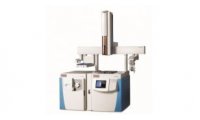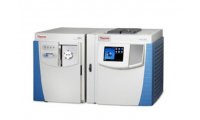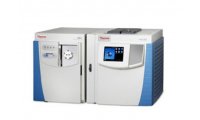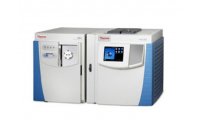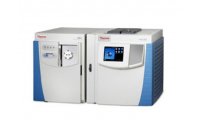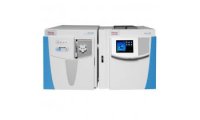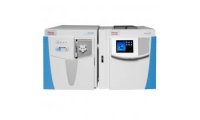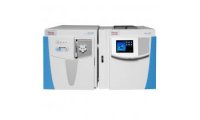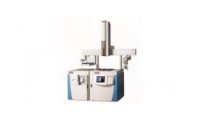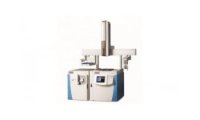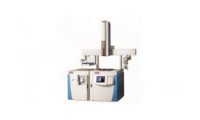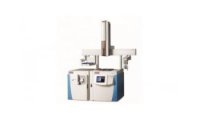
分析测试百科网 认证会员,请放心拨打!
Maximizing Speed and Separations for Lowering Drinking Water Detection Limits with GC/MS
| 领域: | 环境水/废水/饮用水 | ||
| 样品: | Drinking Water | 项目: | 1,2,3-trichloropropane (1,2,3-TCP) |
| 方案文件名 | 下载 |
|---|---|
Maximizing Speed and Separations for Lowering Drinking Water Detection Limits with GC/MS |
下载此篇方案 |
Overview
Ever increasing drinking water regulations demonstrate the need for sensitivity and dynamic range of a GC-MS system in order for the laboratory to provide usable data over the long term. The California Department of Public Health published new notification levels for a list of compounds including 1,2,3-trichloropropane (1,2,3-TCP) at 0.005 μg/L.1 Uses for these compounds includes paint and varnish remover, cleaning and degreasing agent, a cleaning and maintenance solvent, and more currently as a chemical intermediate. Its use as a pesticide was in formulations with dichloropropenes in the manufacture of D-D, a soil fumigant. EPA Method 524.3 allows for the use of Single Ion Monitoring (SIM) to reach ppt levels.2 The determination of lower level MDLs in compliance with the volatile notification levels listed below was run on a Thermo Scientific ISQ GC-MS with an OI Analytical Eclipse Purge-and-Trap Sample Concentrator.



